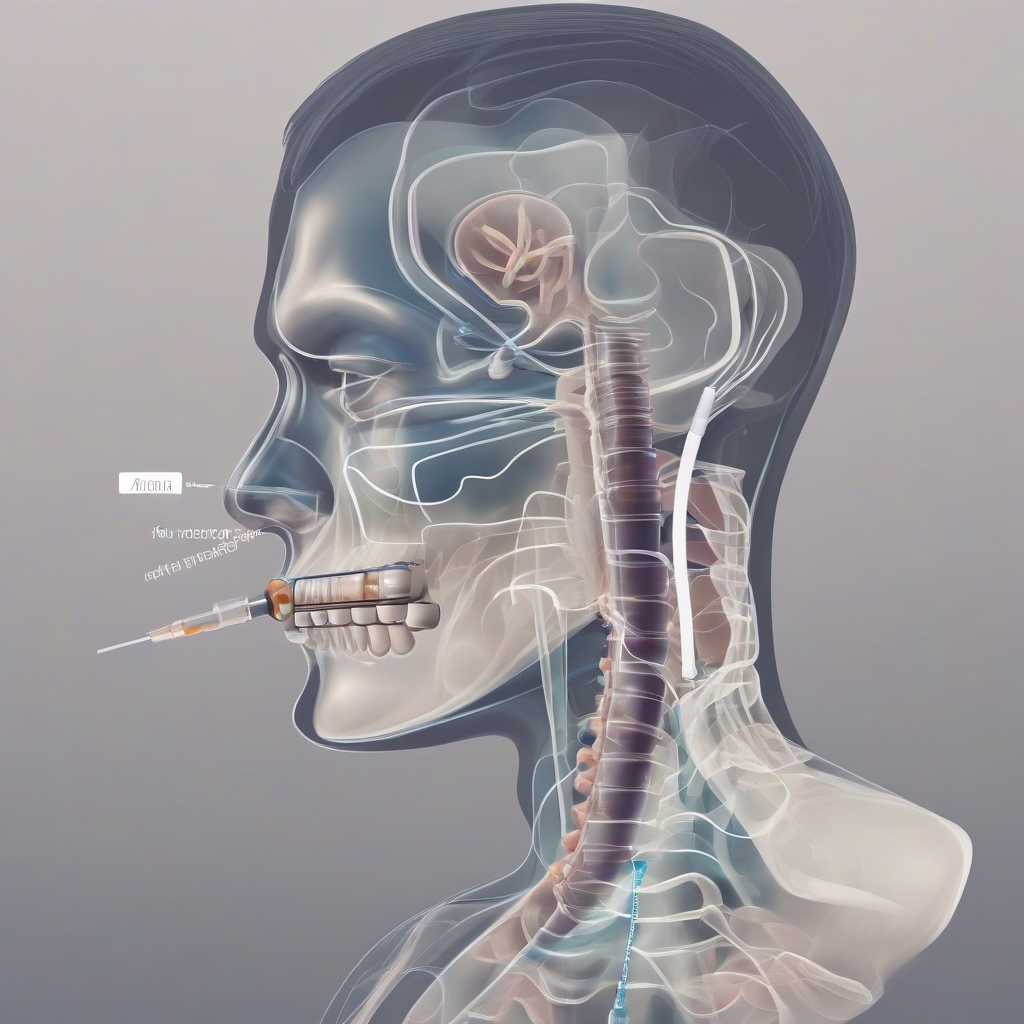Revolutionizing Asthma Care: A Deep Dive into the Latest Injectable Treatments
Asthma, a chronic respiratory disease affecting millions worldwide, has long been managed with inhalers and other medications. However, recent advancements in medical research have led to the development of innovative injectable treatments, offering new hope for improved asthma control and a better quality of life for patients.
Understanding Asthma and Current Treatment Limitations
Asthma is characterized by inflammation and narrowing of the airways, leading to symptoms like wheezing, coughing, shortness of breath, and chest tightness. Current treatment strategies primarily focus on preventing asthma attacks and managing symptoms. Inhalers, containing corticosteroids and bronchodilators, are commonly used for quick relief and long-term control. However, these treatments have limitations:
- Inhaler Technique Dependence: Effective use of inhalers requires proper technique, which can be challenging for some patients, particularly children and the elderly. Inconsistent inhaler technique can lead to suboptimal treatment outcomes.
- Side Effects: Inhaled corticosteroids can cause oral thrush, hoarseness, and other side effects. Bronchodilators can have cardiovascular effects in some individuals.
- Limited Effectiveness: For some patients, inhalers alone may not be sufficient to control asthma symptoms, leading to frequent exacerbations and hospitalizations.
- Patient Adherence: Maintaining consistent use of inhalers can be challenging, impacting treatment effectiveness.
The Promise of Injectable Asthma Treatments
Injectable treatments offer several potential advantages over traditional inhaler therapy:
- Improved Convenience: Injections offer a convenient alternative to daily inhaler use, potentially improving patient adherence.
- Targeted Delivery: Some injectable therapies deliver medication directly to the site of inflammation in the lungs, potentially leading to more effective symptom control.
- Potential for Reduced Side Effects: Systemic side effects, such as those associated with inhaled corticosteroids, may be reduced with some injectable treatments.
- Long-Acting Effects: Certain injectable medications provide long-lasting effects, reducing the need for frequent dosing.
Types of Injectable Asthma Treatments
Several types of injectable treatments are being developed and used for asthma management:
1. Biologics
Biologics are targeted therapies designed to specifically inhibit certain inflammatory pathways involved in asthma. They are often used for patients with severe asthma that is not well controlled with standard therapies.
- Monoclonal Antibodies: These antibodies target specific inflammatory molecules, such as interleukin-5 (IL-5), interleukin-4 (IL-4), and interleukin-13 (IL-13), which play a critical role in the inflammatory response in asthma. Examples include omalizumab, mepolizumab, reslizumab, dupilumab, and benralizumab.
- Mechanism of Action: By blocking these inflammatory molecules, biologics aim to reduce airway inflammation, improving lung function and reducing the frequency and severity of asthma exacerbations.
- Clinical Trials and Efficacy: Numerous clinical trials have demonstrated the efficacy of these biologics in improving asthma control and reducing exacerbations in patients with severe eosinophilic asthma and other specific phenotypes.
2. Other Injectable Therapies
Beyond biologics, other injectable medications are being explored for asthma management:
- Long-Acting Beta-Agonists (LABAs) Injectable formulations: While LABAs are traditionally available as inhalers, research is exploring injectable formulations for improved convenience and potentially enhanced efficacy in certain patient populations. These aim to provide sustained bronchodilation.
- Combination Therapies: Some research focuses on developing injectable combinations of different medications to provide a more comprehensive approach to asthma management, potentially offering synergistic effects.
- Novel Drug Delivery Systems: Research is also ongoing to develop innovative drug delivery systems, such as microsphere technology or sustained-release injections, that can extend the duration of action of asthma medications, reducing the frequency of injections.
Selecting the Right Injectable Treatment
Choosing the appropriate injectable treatment for asthma requires careful consideration of several factors:
- Severity of Asthma: Injectable treatments are generally reserved for patients with moderate-to-severe asthma that is not well controlled with standard therapies.
- Asthma Phenotype: Certain injectable treatments, such as biologics, are more effective in specific asthma phenotypes, such as eosinophilic asthma or oral corticosteroid-dependent asthma.
- Patient Preferences and Adherence: The convenience and ease of use of injectable treatments are important factors to consider, as patient adherence plays a crucial role in treatment success.
- Potential Side Effects: The potential side effects of different injectable treatments should be carefully weighed against their benefits.
- Cost Considerations: The cost of injectable treatments can be significant, which should be considered in the decision-making process.
Future Directions in Injectable Asthma Treatment
Research continues to advance the field of injectable asthma treatments. Future directions include:
- Development of Novel Biologics: Research is ongoing to identify new targets for biologics and develop more effective and safer therapies.
- Personalized Medicine: The use of personalized medicine approaches may help to identify the most effective treatment for individual patients based on their specific genetic and clinical characteristics.
- Combination Therapies: Combining different injectable medications may offer synergistic effects and improved asthma control.
- Improved Drug Delivery Systems: The development of more efficient and convenient drug delivery systems, such as long-acting injections or implantable devices, may enhance patient adherence and treatment effectiveness.
- Focus on Prevention: Future research may explore the potential of injectable treatments to prevent the development of asthma in susceptible individuals.
Conclusion (Omitted as per instructions)

